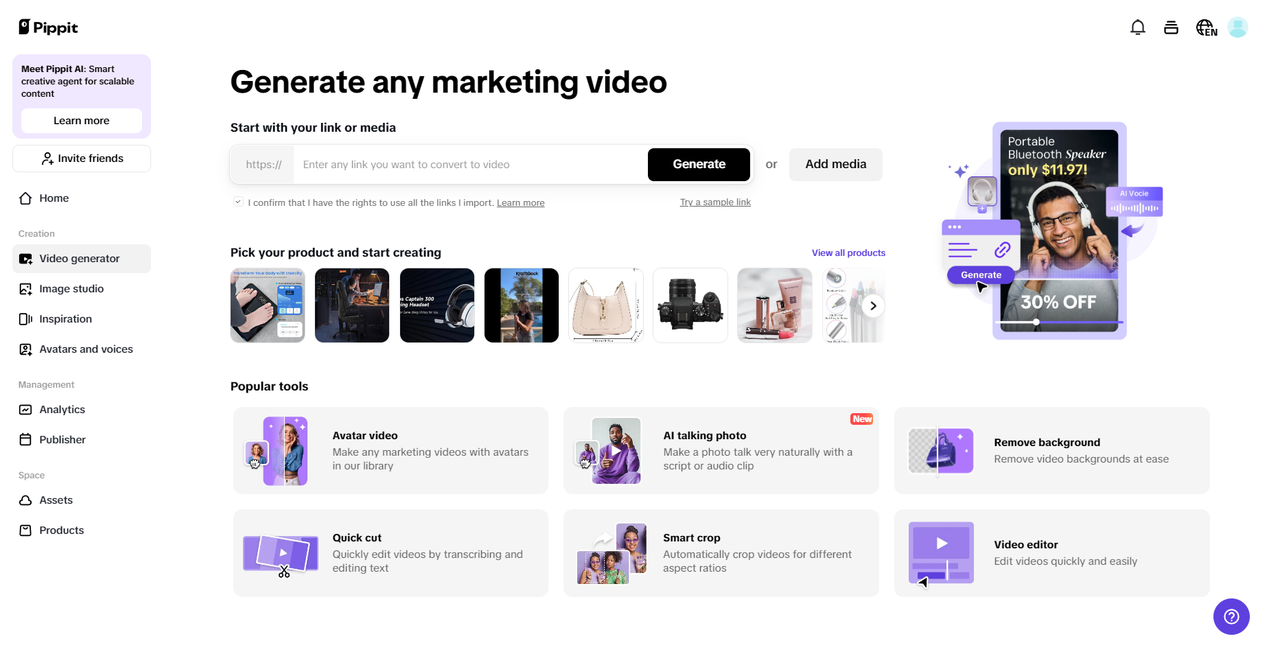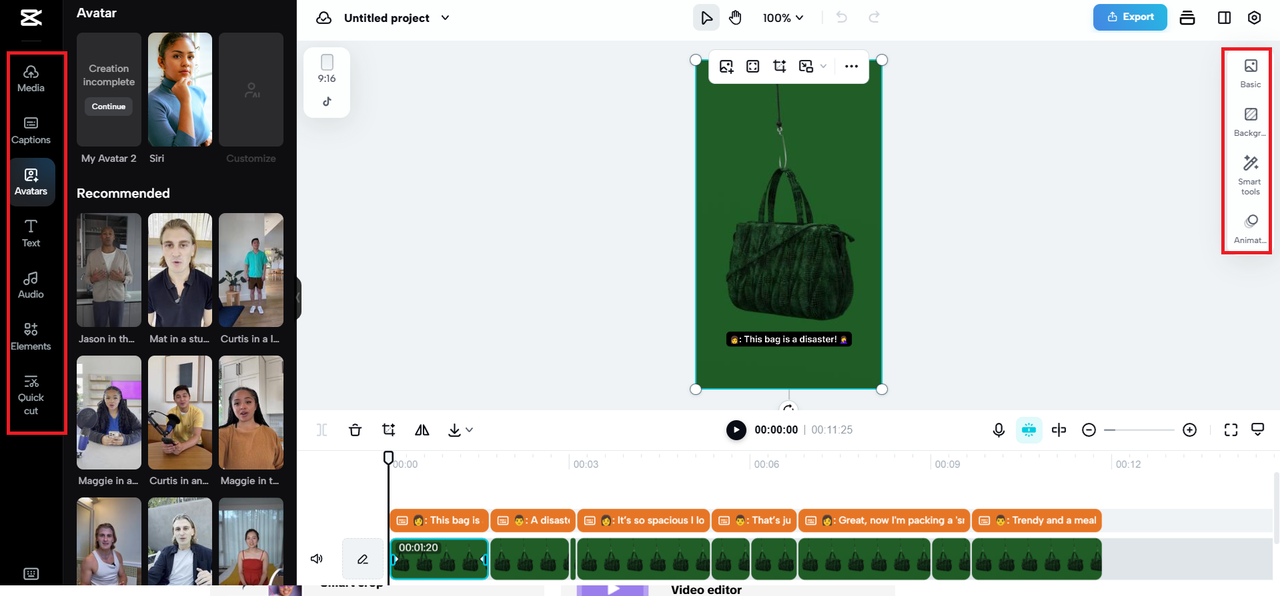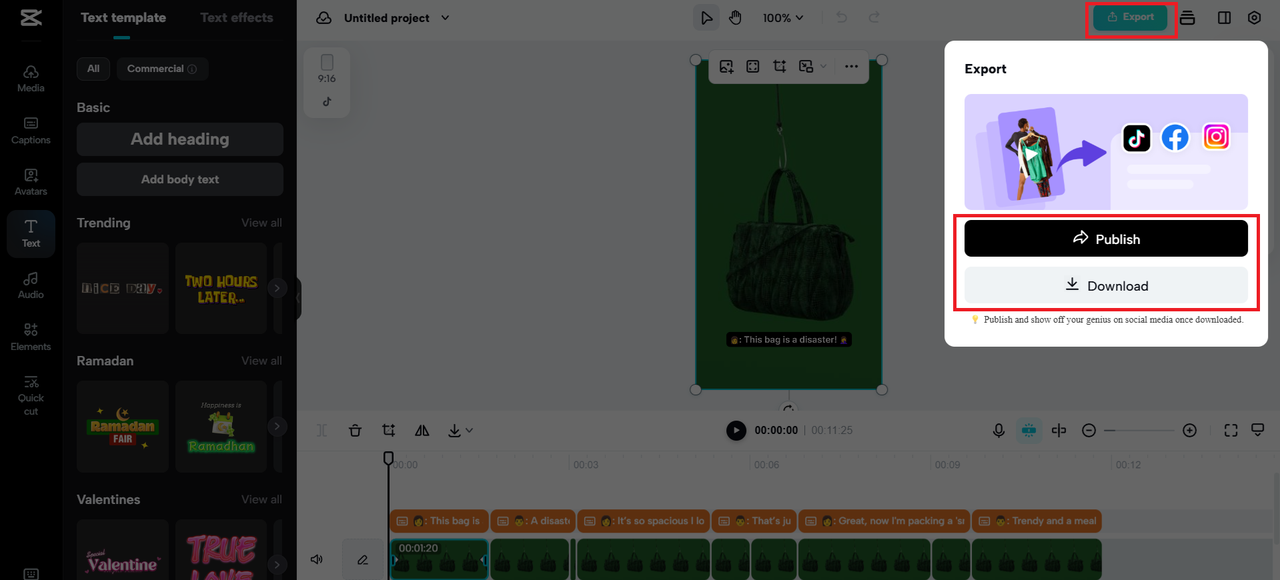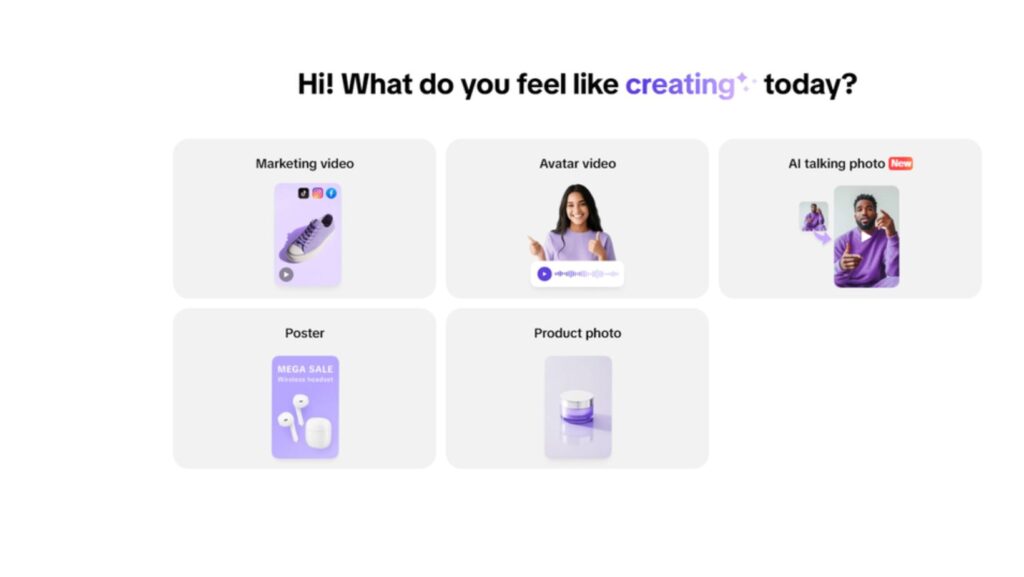Artificial Intelligence (AI) is rapidly reshaping the business landscape, with a projected annual growth rate of 36.6% between 2024 and 2030. This transformative technology enhances efficiency and drives innovation across various sectors. For instance, businesses leveraging AI can expect a 25% improvement in customer satisfaction. As AI continues to evolve, it offers unprecedented opportunities for growth by automating tasks and providing valuable insights. This article will explore eight mind-blowing ways AI is being implemented in business today, including the rise of a free AI video generator that streamlines content creation and enhances marketing strategies.
Mind-blowing AI Applications in Business
In today’s fast-paced business environment, Artificial Intelligence is not just a buzzword; it’s a game-changer. From automating mundane tasks to providing insights that drive strategic decisions, AI is revolutionizing how companies operate and engage with their customers. Below, we will explore eight remarkable applications of AI that are transforming various aspects of business operations, showcasing its potential to enhance efficiency, innovation, and customer satisfaction.
AI-powered Customer Service & Chatbots:
AI chatbots are revolutionizing customer support by providing instant, 24/7 assistance, significantly enhancing customer satisfaction. These intelligent systems can handle a multitude of inquiries simultaneously, ensuring that customers receive prompt responses without the long wait times associated with traditional support.
For instance, brands like Lush and HelloSugar have successfully implemented AI chatbots to manage routine queries, allowing human agents to focus on more complex issues. This not only reduces operational costs but also improves efficiency, demonstrating how AI can transform customer service interactions.

Predictive Analytics for Smarter Decisions:
AI algorithms analyze vast datasets to uncover trends and forecast future outcomes, enabling businesses to make informed decisions. By leveraging predictive analytics, companies can optimize sales forecasting, manage risks effectively, and conduct thorough market analyses. For example, retailers can predict customer purchasing behavior based on historical data, allowing them to tailor their inventory and marketing strategies accordingly. This proactive approach not only enhances operational efficiency but also positions businesses to capitalize on emerging market opportunities.
AI in Marketing Personalization:
AI personalizes marketing campaigns by analyzing customer data to deliver tailored content and advertisements. This targeted approach significantly enhances customer engagement and improves return on investment (ROI). For instance, brands utilize AI-driven personalization techniques to recommend products based on previous purchases or browsing behavior. Additionally, text to video AI generation tools enable marketers to create customized video content that resonates with specific audiences, further enhancing the effectiveness of their campaigns.

Streamlining Operations with Robotic Process Automation (RPA):
Robotic Process Automation (RPA) automates repetitive tasks across various business functions, streamlining operations and increasing efficiency.
By handling routine processes such as data entry and invoice processing, RPA reduces operational costs and minimizes human error. For example, in finance, RPA can automate transaction reconciliations, while in HR, it can streamline employee onboarding processes. This technology allows organizations to allocate resources more effectively and focus on strategic initiatives that drive growth.
Enhancing Cybersecurity with AI:
AI algorithms play a crucial role in cybersecurity by detecting and preventing threats in real time. These systems analyze patterns and anomalies within network traffic to identify potential security breaches before they escalate. Businesses benefit from enhanced protection of sensitive data and improved response times to incidents. For example, AI-powered security solutions can automatically isolate affected systems during a breach, minimizing damage and ensuring business continuity.
AI-driven Product Development and Innovation:
AI accelerates product development cycles by facilitating rapid prototyping and testing of new ideas. Through data analysis and machine learning algorithms, businesses can generate innovative product concepts and optimize designs based on consumer feedback. Companies like Tesla utilize AI in their design processes to enhance vehicle performance and safety features continually. This iterative approach not only speeds up time-to-market but also ensures that products meet evolving consumer demands.

Optimizing Supply Chain Management with AI:
AI enhances supply chain management by improving demand forecasting, optimizing inventory levels, and streamlining logistics operations. Businesses can leverage AI-driven insights to anticipate market fluctuations and adjust their supply chains accordingly.
For example, companies like Amazon use AI algorithms for route optimization in delivery logistics, resulting in reduced transportation costs and improved delivery times. This strategic application of AI leads to greater operational efficiency and customer satisfaction.
AI in Human Resources: Talent Acquisition and Management:
AI is transforming human resources by automating recruitment processes such as resume screening and initial candidate assessments. This technology helps identify top talent more efficiently while reducing biases in hiring decisions. For instance, platforms like HireVue use AI to analyze video interviews for key performance indicators that predict candidate success. By streamlining the hiring process and improving employee retention strategies through data insights, AI empowers HR teams to build stronger organizations.
Challenges and Considerations
- High initial costs: Implementing AI technologies often require substantial upfront investments in software, hardware, and personnel training, which can be a barrier for small and medium-sized enterprises.
- Lack of in-house expertise: Many businesses struggle with a shortage of skilled professionals who understand AI’s technical aspects and can effectively integrate it into existing workflows.
- Data privacy and security concerns: The use of AI involves handling large volumes of sensitive data, raising significant privacy issues. Companies must ensure compliance with regulations like GDPR to maintain customer trust.
- The complexity of integration: Integrating AI solutions with existing systems can be challenging due to outdated infrastructure and the need for seamless data management across various platforms.
- Ethical concerns: The deployment of AI raises ethical questions regarding bias, transparency, and accountability, necessitating responsible development practices to mitigate potential risks.
How to Use an AI text-to-video Tool to Boost your Business
Step 1: Add a product link or upload media
Sign up for a free Pippit account and enter its main interface. Navigate to the “Video Generator” panel.
Here, you can either paste a product link or upload media such as images and videos. The AI extracts essential product details, including names and features, while the “Auto Enhance” option optimizes visuals. Customize your video further through “Advanced Settings,” where you can modify scripts, avatars, voiceovers, and aspect ratios. Incorporate AI-suggested stock assets to enhance your content before clicking “Confirm” and then “Generate.”

Step 2: Create AI videos in clicks
After generating your video, explore various theme-based categories like product highlights and TikTok trends. Hover over a template and select “Quick Edit” for easy customization. In the editing panel, adjust scripts, avatars, voice settings, text, and font styles to align with your vision. For more advanced editing options, click “Edit More” to modify the aspect ratio, add elements, insert stock images, include background music, and fine-tune playback settings.

Step 3: Export your video
Once satisfied with your AI video, click the “Export” button in the top right corner. You can either “Publish” directly to social media platforms or “Download” it to your computer.
If downloading, choose your preferred resolution, quality settings, frame rate, and format to ensure optimal viewing across different platforms.

Conclusion
In conclusion, AI is profoundly transforming the business landscape by enhancing customer service, streamlining operations, and driving innovation. As organizations embrace these mind-blowing applications, they must also navigate challenges such as data privacy and ethical concerns. By adapting to future trends and prioritizing responsible AI development, businesses can unlock new opportunities and maintain a competitive edge in an evolving market.


